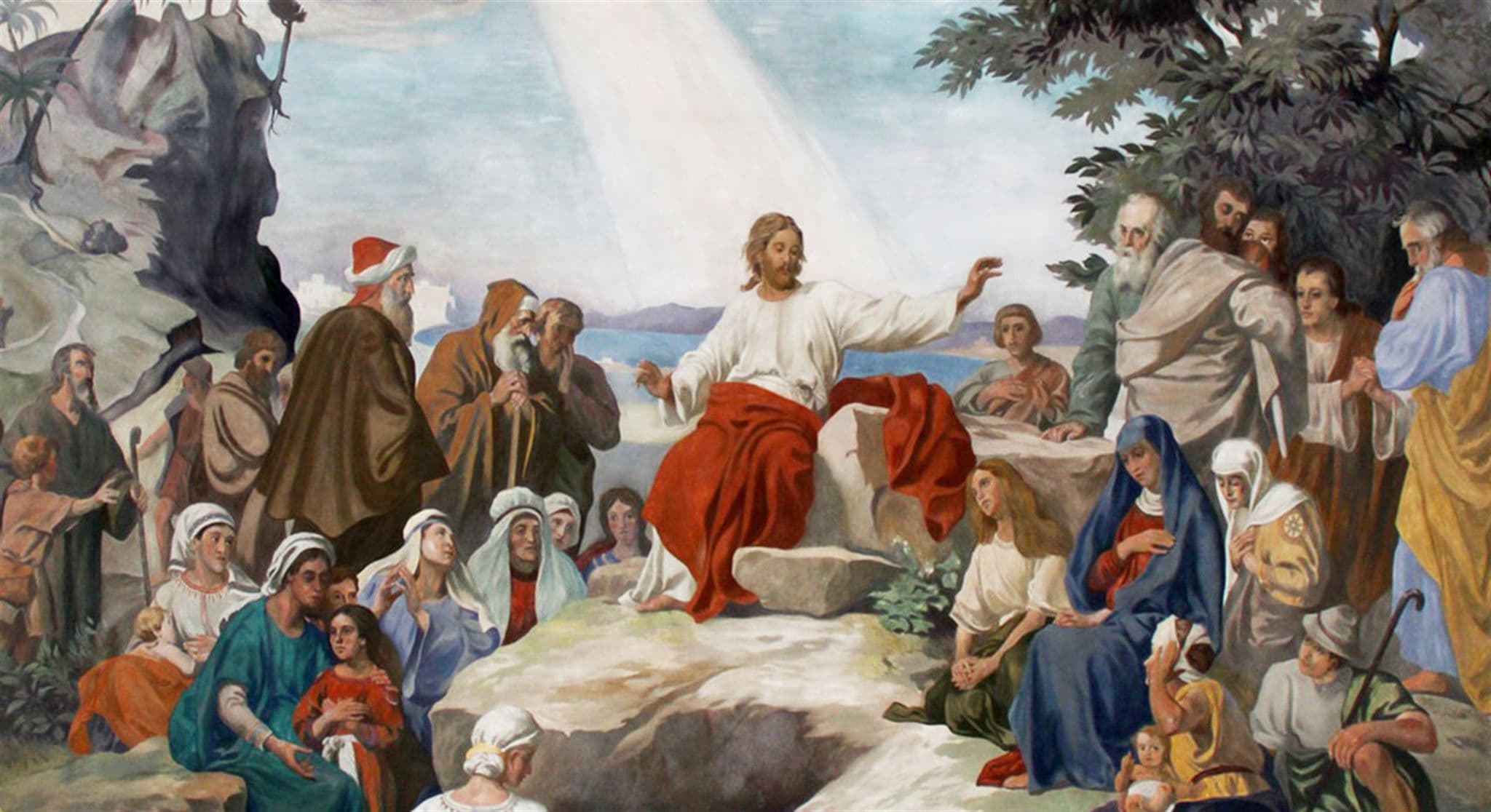Evidence #22 | September 19, 2020
Book of Mormon Evidence: Isaiah/Micah in 3 Nephi
Post contributed by
Scripture Central

Abstract
Analysis of Christ’s quotations of Isaiah and Micah (3 Nephi 20:10–23:5) demonstrates that they are thematically linked and were likely integrated into Christ’s sermon at certain locations to create a chiastic structure.When Jesus visited the Nephites, He shared a number of teachings from the Old World. For instance, He quoted nearly the entirety of His Sermon on the Mount with only slight variations (see Matthew 5–7; 3 Nephi 12–14). And He quoted a couple chapters from Malachi, after clearly introducing them as such (see 3 Nephi 24:1). However, some of Christ’s quotations of Old World scriptures may be less obvious.
In a sermon delivered in 3 Nephi 20:10–23:5, Jesus combined extensive quotations and allusions from Isaiah and Micah with His own teachings and prophecies. The following color-coded chart can help readers visualize which verses in these chapters contain quoted or paraphrased material from these two prophets, and how those quotes are integrated with Christ’s own words:1
Isaiah Micah Isaiah/Micah |
3 Nephi 20 10 11 12 13 14 15 16 17 18 19 20 21 22 23 24 25 26 27 28 29 30 31 32 33 34 35 36 37 38 39 40 41 42 43 44 45 46 |
3 Nephi 21 1 2 3 4 5 6 7 8 9 10 11 12 13 14 15 16 17 18 19 20 21 22 23 24 25 26 27 28 29 |
3 Nephi 22 1 2 3 4 5 6 7 8 9 10 11 12 13 14 15 16 17 |
3 Nephi 23 1 2 3 4 5 |
Importantly, the quoted passages from Isaiah and Micah are thematically linked with each other and with Christ’s message. All of these teachings deal with God’s covenants with His people, which led Victor L. Ludlow to describe this range of passages as “The Father’s Covenant People Sermon.”2 As described by Ludlow, this sermon “develops six key themes that are structured in a chiastic pattern of introverted parallelism.”3 Ludlow arranged this chiasm as follows:
A The Father and Son work together (3 Nephi 20:10)
B Isaiah’s words are written, therefore search them (v. 11)
C Isaiah’s words and the Father’s covenant with Israel will be fulfilled (v. 12)
D Scattered Israel to be gathered (v. 13)
E America an inheritance for the Nephites/Lamanites (v. 14)
F Gentiles to repent & receive blessings (vv. 15–20; cf. Micah 5:8-9; 4:12–13)
G A New Jerusalem and the Lord’s covenant with Moses, the Gentiles,
etc. (v. 21–29)
H Gospel preached and Zion established; the marred
servant (vv. 30–44; cf. Isaiah 52:1–14)
I Kings shall be speechless (v. 45; cf. Isaiah 52:15)
J Covenant fulfillment and the work of the Father (v. 46)
K A key sign to be given when things are “about to take place”
L Gentiles learn of scattered Israel (v. 2)
M These things in the Book of Mormon to come from
Gentiles to you (Lamanites/Nephites) (v. 3)
N Sign of the Father’s covenant with the house of
Israel (v. 4)
M’ These works in the Book of Mormon to come from
Gentiles to you (Lamanites/Nephites) (v.5)
L’ Some Gentiles to be with Israel (v. 6)
K’ Sign as Lamanites begin to know that the work
“hath commenced” (v. 7)
J’ Work and covenant of the Father (v. 7)
I’ Kings shall be speechless (v. 8; cf. Isaiah 52:15)
H’ A great and marvelous work; the marred servant (vv. 9–10; cf. Isaiah 52:14)
G’ Moses, the Gentiles and covenant Israel (v. 11)
F’ Unrepentant Gentiles will be cut down (vv. 12–21; cf. Micah 5:8–15)
E’ America an inheritance for the righteous (vv. 22–23)
D’ Gentiles to help in the gathering of Israel and a New Jerusalem (vv. 24–25)
C’ Father’s work with his people (vv. 26–27)
A’ The Father and Son work together (vv. 28–29)
B’ Isaiah’s portrayal of Zion (Isaiah 54); search his words. (3 Nephi 22; 23:1–3)
Conclusion
While Ludlow’s study of Christ’s sermon can’t be fully reproduced in this summary, his in-depth analysis helps demonstrate the thematic unity and the apparently intentional placement of Christ’s quotations of Isaiah and Micah. Ludlow’s findings illustrate the sophistication often present in the Book of Mormon’s use of biblical content.
Dana M. Pike, “Passages from the Book of Micah in the Book of Mormon,” in They Shall Grow Together: The Bible in the Book of Mormon, ed. Charles Swift and Nicholas J. Frederick (Deseret Book; Religious Studies Center, Brigham Young University, 2022), 393–443.
Book of Mormon Central, “Why Did Jesus Mix Together Micah and Isaiah? (3 Nephi 20:25),” KnoWhy 214 (October 21, 2016).
Victor L. Ludlow, “The Father’s Covenant People Sermon: 3 Nephi 20:10–23:5,” in Third Nephi: An Incomparable Scripture, ed. Andrew C. Skinner and Gaye Strathearn (Salt Lake City and Provo. UT: Deseret Book and Neal A. Maxwell Institute for Religious Scholarship, 2012), 147–174.
Victor L. Ludlow, “Jesus’ Covenant Teachings in Third Nephi,” in Rediscovering the Book of Mormon: Insights You May Have Missed Before, ed. John L. Sorenson and Melvin J. Thorne (Provo, UT: FARMS, 1991), 177–185.
- 1. In addition to intertextuality research conducted by Book of Mormon Central, this chart relies on data from Victor L. Ludlow, “The Father’s Covenant People Sermon: 3 Nephi 20:10–23:5,” in Third Nephi: An Incomparable Scripture, ed. Andrew C. Skinner and Gaye Strathearn (Salt Lake City and Provo, UT: Deseret Book and Neal A. Maxwell Institute for Religious Scholarship, 2012).
- 2. Ludlow, “The Father’s Covenant People Sermon,” 147.
- 3. Ludlow, “The Father’s Covenant People Sermon,” 147.